Car accidents are one of the most common accidents recorded. Several factors lead to the occurrence of car accidents. Some of these include reckless driving, noncompliance with traffic rules, poor car conditions, and so on.
If you find yourself in a complex car accident scenario where fault is disputed, it’s advisable to consult a Montgomery County car accident lawyer, or one more relevant to your location to help you navigate the legal aspects and ensure a fair resolution.
However, who determines the party at fault and how in a car accident? This could be a tricky but critical step, especially when filing a personal injury lawsuit or an insurance claim. Often, the parties involved in the car accident don’t agree on who is at fault, and they end up in court to give details of the crash. Thus, this article serves as a guide to determining who is at fault after a car accident.
What Does Fault Refer To?
Your personal injury lawyer will tell you it is important to know what fault in an accident is. This refers to the party that caused the accident, or the person whose actions or carelessness led to what happened. This might be easy to ascertain in some cases, while it could be difficult in others. Who is at fault when a driver hits the brake suddenly, and another driver fails to stop, leading to a crash? There are many scenarios of car accidents and how faults, claims, liabilities, and damages are sorted. Additionally, different states have specific laws that guide how faults are determined in car accident scenarios.
Why Is It Important To Determine Fault?
Determining fault in a car accident is important to ascertain who would be responsible for the injured party`s damages. When the party that caused the accident is determined, they are legally responsible for carrying out the consequences of the damage done.
But what happens when more than one party is at fault? In such a case, the fault and consequences are apportioned appropriately to the people involved. This is why determining who’s at fault is taken up by a car accidents lawyer to ensure fair judgment.
Types of Fault In Car Accidents and How Insurance Companies Handle Them
- 50% Fault: Sometimes, it could be difficult for fault to be determined in certain scenarios. This is especially true when there are no witnesses who saw the accident happen, and neither of the drivers gives an explicit description of how it happened. Besides, different states have their ways of handling this. However, most insurance companies would decide to divide the costs equally between the drivers.
- Greater Than or Equal To 51% At Fault: Legal bodies usually help determine the percentage of fault, especially when two or more parties are at fault in the accident. In these cases, each state has their manner of approach. Some states decide that if one party is 51% or greater at fault, that party would be responsible for 100% of the damages. This means that as long as one driver has the greater fault on their side, they have to take full responsibility for the injuries or damage done. Some other states have it differently. They may decide that each party carries the responsibility in proportion to their percentage fault. That means if a driver is said to have 40% fault in an accident, their insurance company has to cover 40% of the damages from the car accident.
- 100% Fault: This is usually straightforward in most cases. If a driver is determined to be 100% at fault in a car accident, they must carry full responsibility, so their insurance company has to cover the total cost of the damage.

How To Determine Faults In A Car Accident
Faults are often determined with the aid of witnesses and stakeholders. This is why it may be difficult to determine fault in the absence of witnesses.
Here are some notes on how fault is determined in a car accident:
- Drivers Involved: In most cases, drivers will try to throw fault at the other party and claim innocence. Some cases have one party admitting to the cause of the accident. When a driver admits guilt, they have to carry financial responsibility for the damage done, making the case easier to solve. Some admit fault because they caused it or because they think so. Moreover, when drivers make statements of apology or excuses, they are often perceived to be indirectly admitting to fault. Hence, most personal injury lawyers advise their clients against admitting fault at the accident scene.
However, when accusations are thrown among the parties involved, whoever proves innocence must have pieces of evidence to back the claim. These include getting pictures from the accidents and witnesses that can testify to their innocence.
- Police Reports: Police often find their way to the accident scene within the shortest time and make a report on the accident. Therefore, police reports are one of the primary sources of information. Police reports often include information like the party believed to be at fault or if the other driver was given a citation. They summarize the incidence and analyze the gravity of the damage done. They also give information on factors that could have led to the accident, including texting while driving, making phone calls while driving, or driving under the influence.
Police officers are well trained and knowledgeable about car accident scenarios. Their reports are often valid and carry great weight in the eyes of personal injury lawyers and insurance adjusters. So, it’s important to call police officers in cases of accidents. It is also possible for a party to ask for an amendment of a report if it includes wrong information.
- Insurance Companies: Car insurance companies often decide on the claims they fulfill and those they don’t. They are responsible for seeking a payout from the insurance company of the driver at fault.
- Rear-End Collisions: Some specific scenarios can have their faults determined by law. Usually, when a vehicle is hit from behind, the driver at the rear is at fault. Why is this? Traffic regulations state that there should be a specified distance between vehicles. So, for the collision to have happened, the rear driver must have flouted this rule. Even if the driver in front hit the brake suddenly, it shows that the rear driver followed too closely, resulting in the collision. This rule helps determine who is at fault in a rear-end collision.
- Traffic Laws: Traffic laws are set to prevent accidents and other road hazards. So, there is a high possibility of accidents when one or more of these laws are broken. These laws are instrumental in determining faults in cases of car accidents. Should any party disregard these laws, they are more likely to carry a fault in the car accident case.
- Left-Hand Turn Accidents: In a case where a driver is making a left turn and hits another vehicle in the process, the driver making the turn carries the fault. The rule says that the right of way is with the driver in oncoming traffic, and the driver making the turn should be patient and careful to move only when the road is safe.
This rule makes the driver who is turning automatically at fault when an accident happens while they do that. This might not be an absolute verdict as other things or circumstances could also be considered. Yet if the oncoming driver still drives even upon seeing a red light or driving at high speed, they might carry a part of the fault. Proper and careful scenario analytics will help determine who is at fault in the left-hand turn accident.
- Other Evidence: Another piece of evidence that could be used to determine the fault in a car accident includes witnesses. Witness statements are collected and reviewed to hear their testimony about the accident. Sometimes, these statements can be strong evidence, especially when several witnesses have a similar recall of what happened or that what they say matches police reports of the accident. Photos of accidents could also speak a lot about the incident.
In a few cases, there could also be video footage of the car accident. This helps the legal systems to see how it happened and accurately determine the fault in the scenario. The location of the accident could also give some clues about the at-fault party of the accident. Evidence is often verified before it is used to ascertain the fault after a car accident.
What Happens When Fault Cannot Be Determined?
There are a few cases where faults cannot be determined by insurance companies, police, or drivers, probably due to a lack of evidence or other factors. The drivers in these cases may file a lawsuit and go to small claim courts to decide who would be responsible for damages. In other cases, some drivers may settle for arbitration where a neutral arbiter decides the percentage fault for each driver outside court.
Conclusion
Car accidents could result in serious damage, and there could be conflict and difficulty in determining who is at fault after the accident. In these cases, police reports, admittance, witness statements, traffic laws, and other evidence are employed to resolve the issues and divide the percentage of fault among the parties involved. Therefore, it is crucial to determine who is at fault to know how much responsibility each party has to carry for damages.
Related Posts

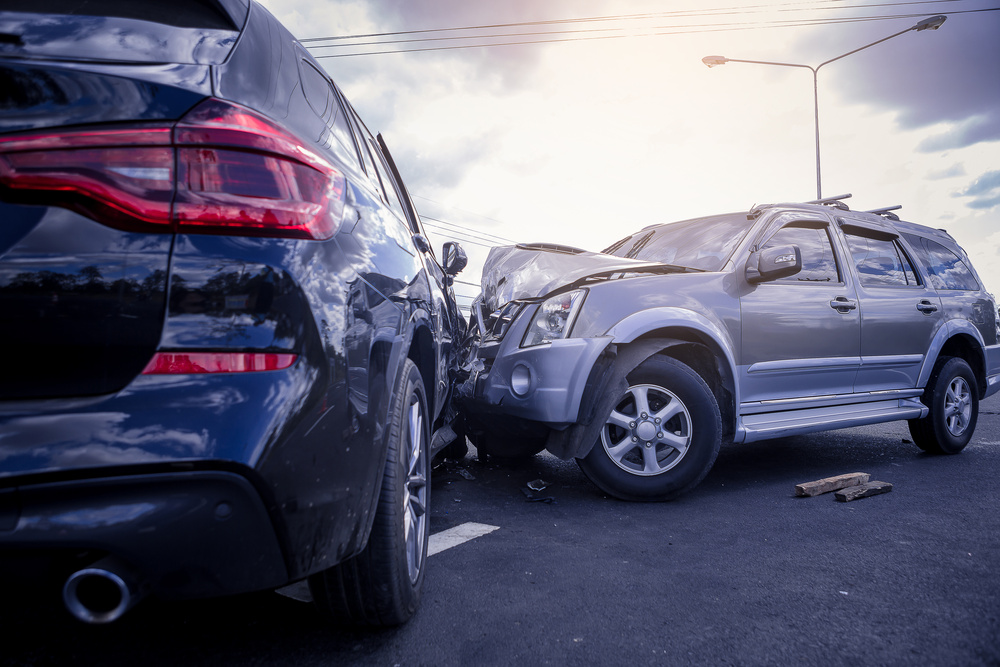

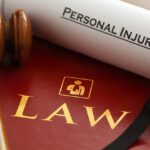

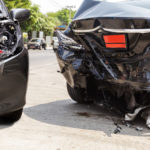

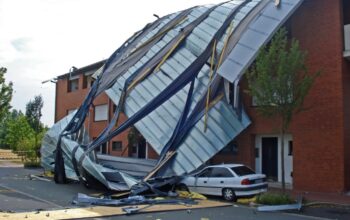
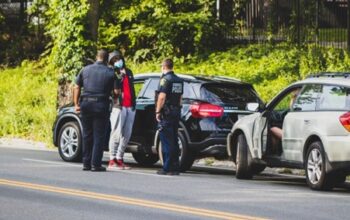




One thought on “The Guide To Determining Who Is At Fault After A Car Accident”
Comments are closed.